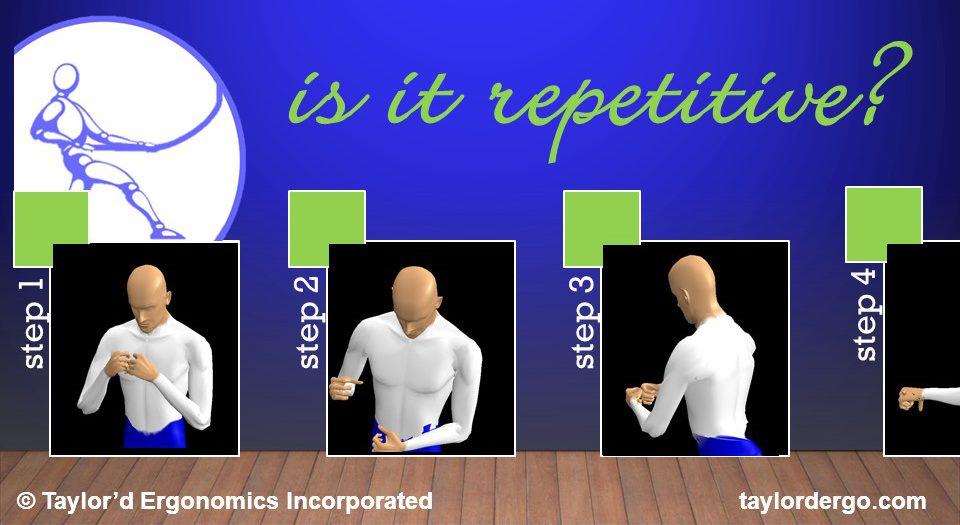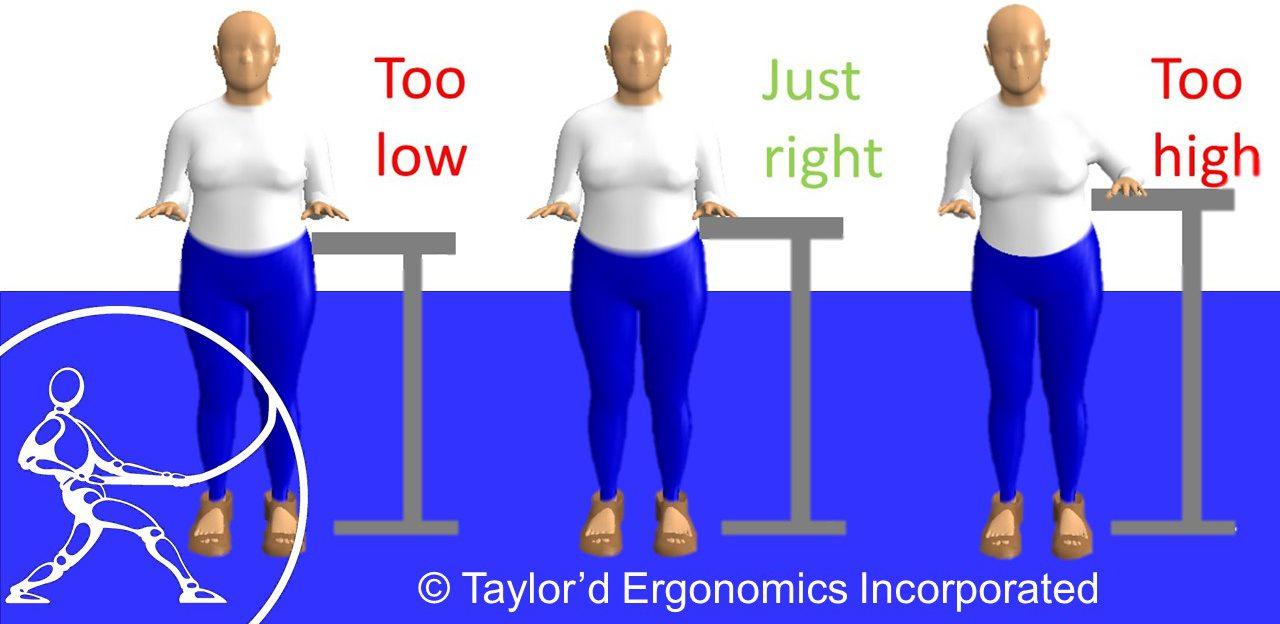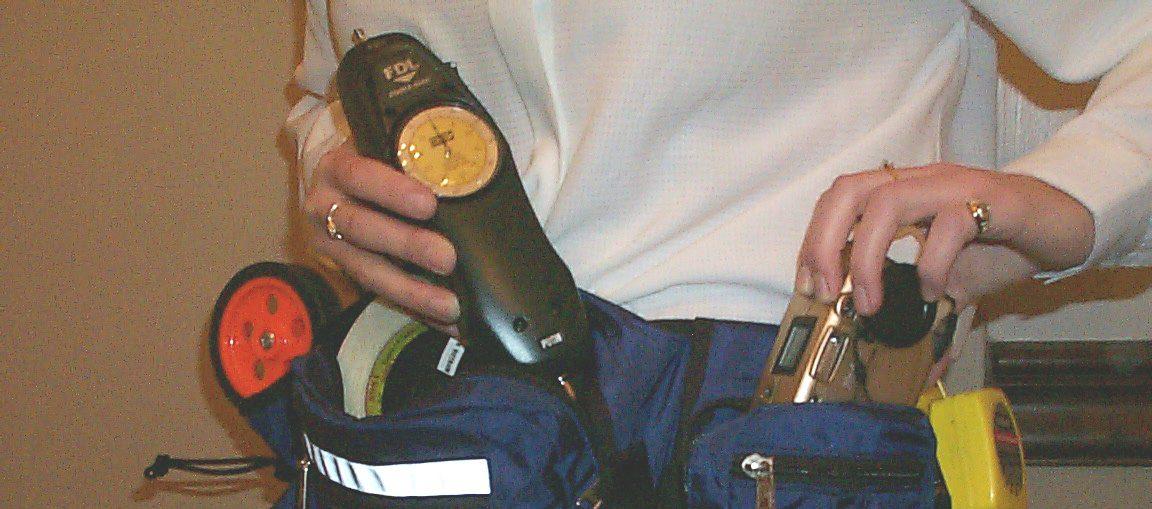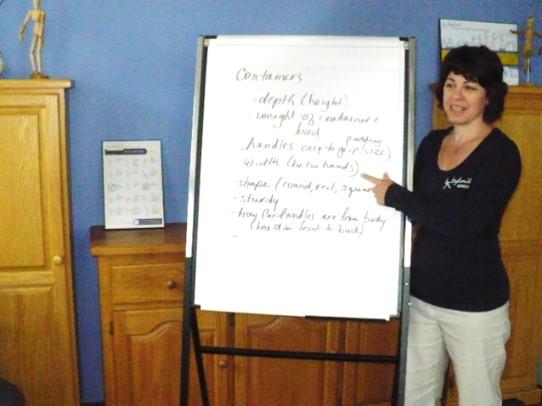Why do we use analog force gauges?
by Danielle Hiltz As ergonomists, one of the most frequently used tools in our tool kit is the force gauge. We use it to measure push and pull forces, and object weights. Therefore, when it comes time to purchase one, we have to carefully consider whether to go with a digital or analog instrument. If […]









